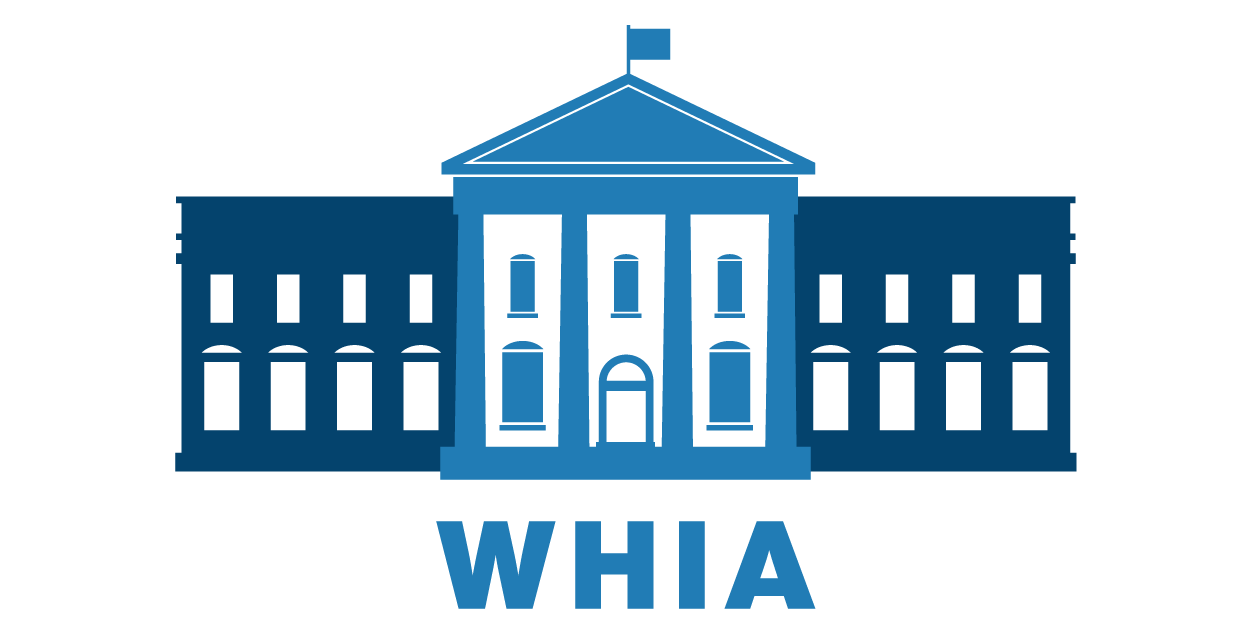
In principle, the logic on which the 2015 Iran nuclear deal aimed to achieve two primary tenets—were:
First, to prevent Iran from acquiring enough fossil material to make a nuclear bomb.
Second, to provide a 12-month hedge buffer time for the United States to respond to Iranian potential breaching of the agreement and nearing the capability of production of atomic bomb production.
But even though Iran had signed the 2015 JCPOA deal, and even though it did not withdraw from it, it kept on systematically violating set aside its continuous violation of the agreements it has signed since 1968 on non-proliferation in the first place.
The current negotiations are taking place against the backdrop of the IAEA’s latest report, where it confirmed that Iran has accelerated its nuclear program and violated the restrictions imposed by the 2015 uranium enrichment agreement.
Based on the IAEA’s findings on Iran’s fossil material stockpile, the nuclear experts at the prestigious American Science and Security Foundation had calculated that Iran could get enough weapons-grade materials to produce a single atomic bomb in less than three weeks.
The current situation in which the negotiations are taking place raises fundamental questions about the feasibility of the previously established principles of the nuclear deal with Iran.
After American diplomacy focused on slowing down the ambitious Iranian atomic program rather than canceling it, we now find that the hedge safety window for a potential Iranian breach had been objectively diminished to a few weeks instead of 12 months. Meanwhile, the newly installed Iranian centrifuges are keeping on running.
In addition, the 2015 nuclear deal was a separate agreement rather than a comprehensive deal that addressed Iran’s regional behavior, missile systems and human rights violations.
President Trump’s administration has rejected the 2015 nuclear deal considering its operational rather than transformative nature and its lack of any prospect of changing Iranian behavior.
Examining the current situation, we would notice that Iran is not enriching the uranium to a near-nuclear munitions level as a defensive measure and in response to some hostile changes in its regional environment. On the contrary, after Saddam’s ouster and the U.S. ground military disengagement from the region, Iran’s recent nuclear enrichment escalation is precisely taking advantage of this vacuum, in concordance with Iran’s offensive destabilizing expansion activities in the region threatening regional security and peace.
There are many countries on the nuclear threshold in the world. Still, those countries have all shown self-control and total commitment to the requirements of the international agencies, while Iran’s secret activities to enrich uranium and launch missiles have revealed fundamental doubts about its credibility and purpose.
The problematic aspect of the Iranian dilemma comes from the continued violation of the agreements on the one hand, but from its strategic purposes and, more, notably from the ambiguity of the decision-making structure in Iran.
In the past, it was possible, through diplomacy and confidence-building, to build up the détente and avoid the prospects for nuclear friction between the Soviet Union and the United States. This détente was possible through the transparency of the decision-making mechanism and the transparency of both parties’ rational and worldly strategic purposes. As for Iran, which has become a nuclear threshold country, the problem resides in the subtle and duplicity in the decision-making process and the theoretically driven objectives.
As Iran is considered at the nuclear threshold, American diplomacy aims to keep the Iranian nuclear capability latent. But how?
If the negotiations fail to achieve the previous goals fully, a half of an agreement is out of the question for the Biden administration. So, what is the alternative plan?
In addition to sanctions, the United States and Israel may double their hybrid attacks and intelligence operations to disrupt the nuclear program, but they can’t go far in this trajectory.
As President Biden’s committed himself not to allow Iran to acquire nuclear weapons, the military option will be a matter of debate. Still, this option seems unlikely because, on the one hand, “knowledge” cannot be bombed and because such an attack may unleash a nationalistic backlash inside Iran, not to mention the risks of environmental pollution.
In this case, one last option for the Biden administration is to return to the traditional strategy against uncontrolled adversaries: containment and deterrence.
Although resolving Iran’s dilemma may take decades, the Biden administration must now develop a clear and meaningful strategy in light of Iran’s frantic escalation of regional and missile activity combined with underlying nuclear threats.
Iran has created in the Middle East a problematic dilemma that could threaten peace in the entire world.
In such a heavily weaponized region, either with arms or with conflicting ideologies and sectarian conflicts, Iran had created a dangerous dilemma by breaching the ban on nuclear weapons. This dilemma will be a long term concern for many American administrations to come.
